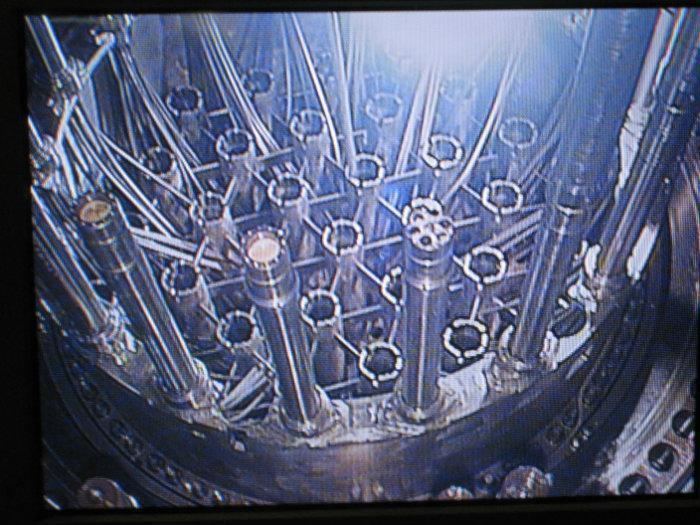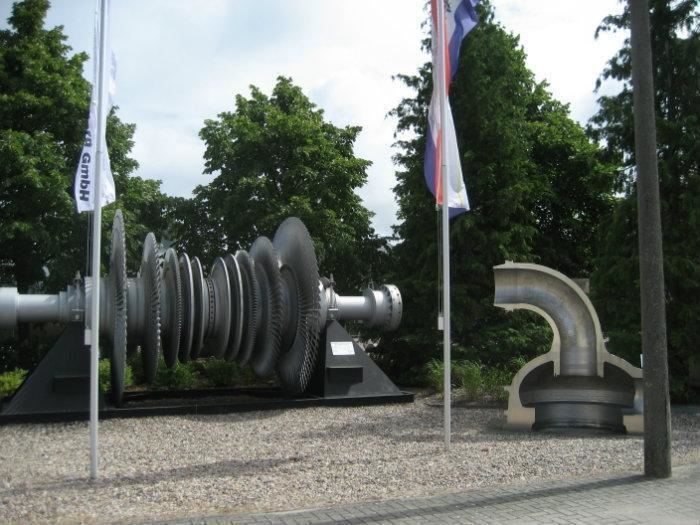Operator(s) Energiewerke Nord Decommission date 22 July 1990 | Status Decommissioned Construction began 1967 | |
 | ||
Make and model Škoda Works, Power Machines Similar Rheinsberg Nuclear Power Pl, Stendal Nuclear Power Pl, AVR reactor, VVER, Philippsburg Nuclear Power Pl | ||
Greifswald nuclear power station (German: Kernkraftwerk Greifswald, KKW Greifswald), also known as Lubmin nuclear power station, was the largest nuclear power station in East Germany before closure shortly after the German reunification. The plants were of the VVER-440/V-230 type, which was the second generation of Soviet-designed plants. The plant is in Lubmin near Greifswald, in the state of Mecklenburg-Vorpommern.
Contents

Closure
In late 1989, nuclear regulatory bodies of countries operating VVER plants found the need to fit many new safety systems, which were stated to have been necessary in almost all areas. All East German reactors were closed soon after reunification, with restarting conditional on compliance with the stricter West Germany safety standards.

Convinced that upgrading to the new safety standards was not economically feasible, the new unified German government decided in early 1991 to decommission the four active units, close unit 5, which was under test at the time, and halt construction of the rest of the units there plus two VVER-1000s at the Stendal Nuclear Power Plant.

The district heating supplied by the plant was replaced by oil imports and in 1995 by a new natural gas plant. Decommissioning of units 1 through 5 began in 1995, making Greifswald one of the first nuclear power stations in Germany to go through the process. The plant came into focus again in 1996 when it was decided to move 235 unspent fuel assemblies to the Hungarian Paks Nuclear Power Plant, which is of the same design.
At its peak, the plant employed around 10,000 full-time workers; around 1,000 are working on decommissioning and other activities at the site.
